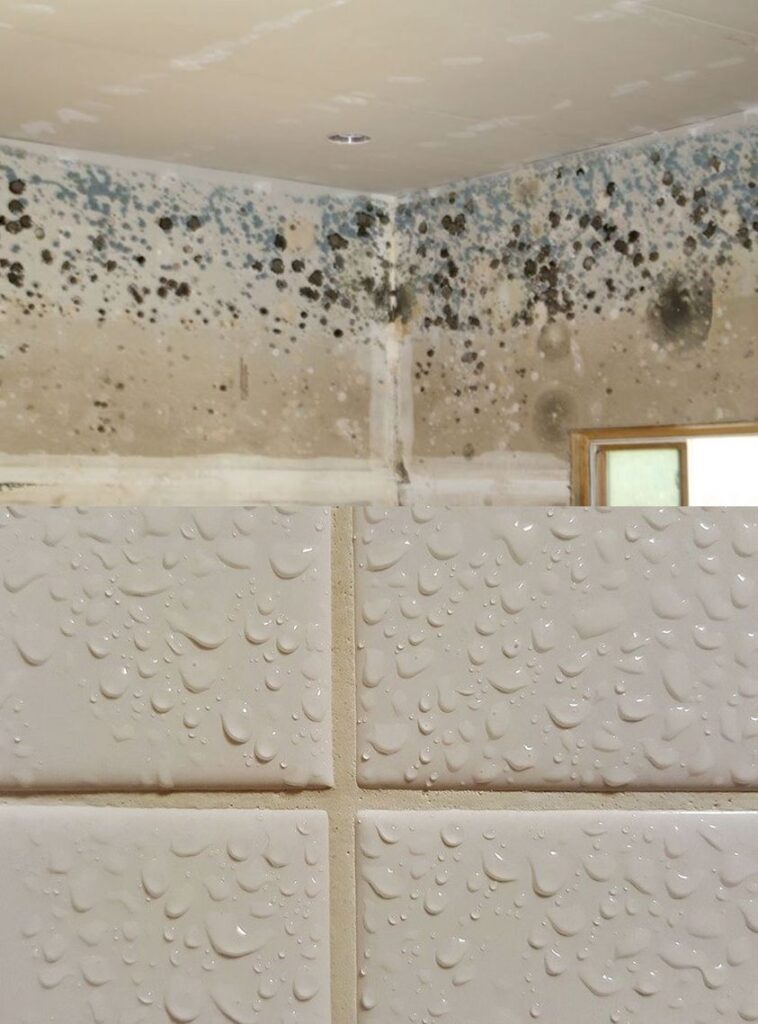ADVERTISEMENT
Humidity at Home? Clever Grannies’ Trick to Solve This Problem for Good
Humidity at home can be more than just an uncomfortable nuisance—it can lead to mold, musty smells, and even health issues like allergies or respiratory problems. Whether it’s the dampness of a rainy season or just poor ventilation, too much moisture in the air can wreak havoc on your living space. But, what if we told you that granny’s clever trick could help you solve the humidity problem once and for all?
You don’t need to spend a fortune on expensive dehumidifiers or complex systems. With a few simple and natural ingredients, you can reduce the humidity levels in your home and create a healthier, more comfortable environment. Let’s dive into the tried-and-tested trick that has been passed down through generations.
The Secret Ingredient: Salt!
Yes, you read that correctly! Salt, a household staple that your grandma probably kept on hand, is one of the most effective natural dehumidifiers. The reason salt works so well is because it has hygroscopic properties, meaning it absorbs moisture from the air, keeping your home drier and fresher.
While you might already know salt for its culinary uses, it has a surprising ability to help combat humidity. By placing salt in specific areas of your home, you can naturally regulate the moisture in the air and prevent issues like mold or mildew from forming.
How to Use Salt to Absorb Humidity:
Here’s a simple guide on how you can incorporate salt into your daily life to combat humidity:
1. Use a Salt and Jar Setup
What You’ll Need:
- A few clean jars or containers (preferably with wide openings)
- A generous amount of salt (coarse sea salt or rock salt works best)
How to Do It:
- Take a clean jar or container and fill it halfway with coarse salt (rock salt or sea salt are ideal).
- Leave the jar in rooms where humidity tends to be a problem, such as the bathroom, basement, kitchen, or laundry room.
- After a few days, you’ll notice that the salt will begin to clump or dissolve. This is because the salt is absorbing moisture from the air.
- Simply replace the salt as needed, and watch how it helps keep the humidity in check!
Bonus Tip: If you want to make the setup even more efficient, you can place a cheesecloth or thin cloth over the jar (without sealing it shut). This will allow the moisture to be absorbed more effectively and prevent any spills if the salt starts to dissolve.
2. Salt in a Cloth Bag for Easy Placement
If you want to avoid jars or containers around your home, you can use cloth bags filled with salt as a portable solution.
What You’ll Need:
- A small cotton cloth bag (or any breathable fabric)
- Salt (rock salt or sea salt)
How to Do It:
- Take the cloth bag and fill it with salt. You don’t need to overfill it—just a moderate amount will do the trick.
- Place the bag in areas that need humidity control, such as closets, bathrooms, or under the kitchen sink.
- The salt will absorb the moisture from the air while remaining discreet and not taking up much space.
- If the bag feels damp or heavy after a few days, replace the salt or dry the bag out.
These little salt bags are ideal for smaller spaces and work especially well in places like closets or wardrobes where moisture can cause fabrics to smell musty.
3. Salt in the Refrigerator or Freezer
Believe it or not, salt can even help reduce humidity inside your fridge or freezer, where condensation can sometimes become a problem.
What You’ll Need:
- A small bowl or container
- Salt
How to Do It:
- Place a small bowl or container of salt in your fridge or freezer to absorb any excess moisture or condensation.
- Check the container after a few days. If the salt has absorbed moisture and become damp, simply replace it.
Not only will this trick help with humidity, but it can also
